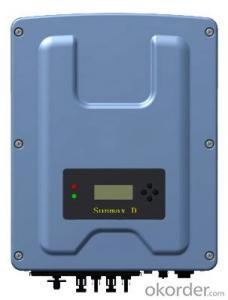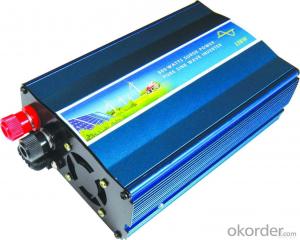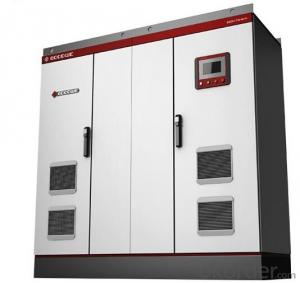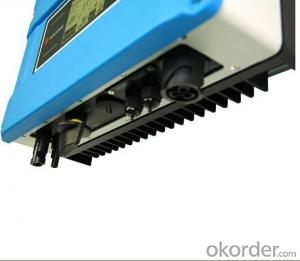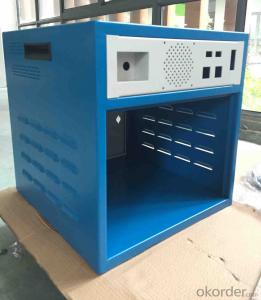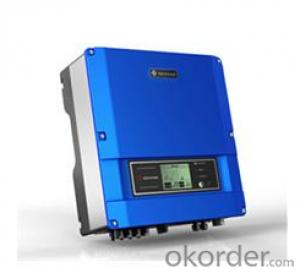On Grid Solar Power Inverter
On Grid Solar Power Inverter Related Searches
On Grid Solar Inverter On Grid Solar System Inverter On Grid Inverter Solar On Grid Hybrid Solar Inverter On Off Grid Solar Inverter Solar Hybrid Inverter On Grid Off Grid Solar Power Inverter Hybrid Solar Inverter On Grid Solar Inverter On/Off Grid Off Grid Solar System Inverter Solar Off Grid Inverter Off Grid Inverter Solar Best On Grid Solar Inverter Inverter Solar Off Grid Solar Power Grid Inverter On Grid Solar Inverter Price Solar Power Inverter Off Grid Solar Grid Inverter Inverter For Off Grid Solar Best Solar On Grid Inverter Off Grid Hybrid Solar Inverter Off Grid Solar Hybrid Inverter 1kw On Grid Solar Inverter Off Grid Solar Inverter System On-Grid Hybrid Solar Inverter Solar Inverter Off Grid 6kw On Grid Solar Inverter Solar Panel Off Grid Inverter 4kw On Grid Solar Inverter Cheap Off Grid Solar InverterOn Grid Solar Power Inverter Supplier & Manufacturer from China
On Grid Solar Power Inverters are essential components in solar energy systems, converting the direct current (DC) generated by solar panels into alternating current (AC) that can be fed into the power grid or used by electrical appliances. These inverters play a crucial role in harnessing the power of the sun and making it usable for various applications. They are widely used in residential, commercial, and industrial settings where solar energy is harnessed to reduce reliance on traditional energy sources and lower electricity costs. Okorder.com is a reputable wholesale supplier of On Grid Solar Power Inverters, offering a vast inventory to cater to the diverse needs of customers. With a commitment to quality and competitive pricing, Okorder.com ensures that customers have access to reliable and efficient On Grid Solar Power Inverters for their solar energy projects.Hot Products








